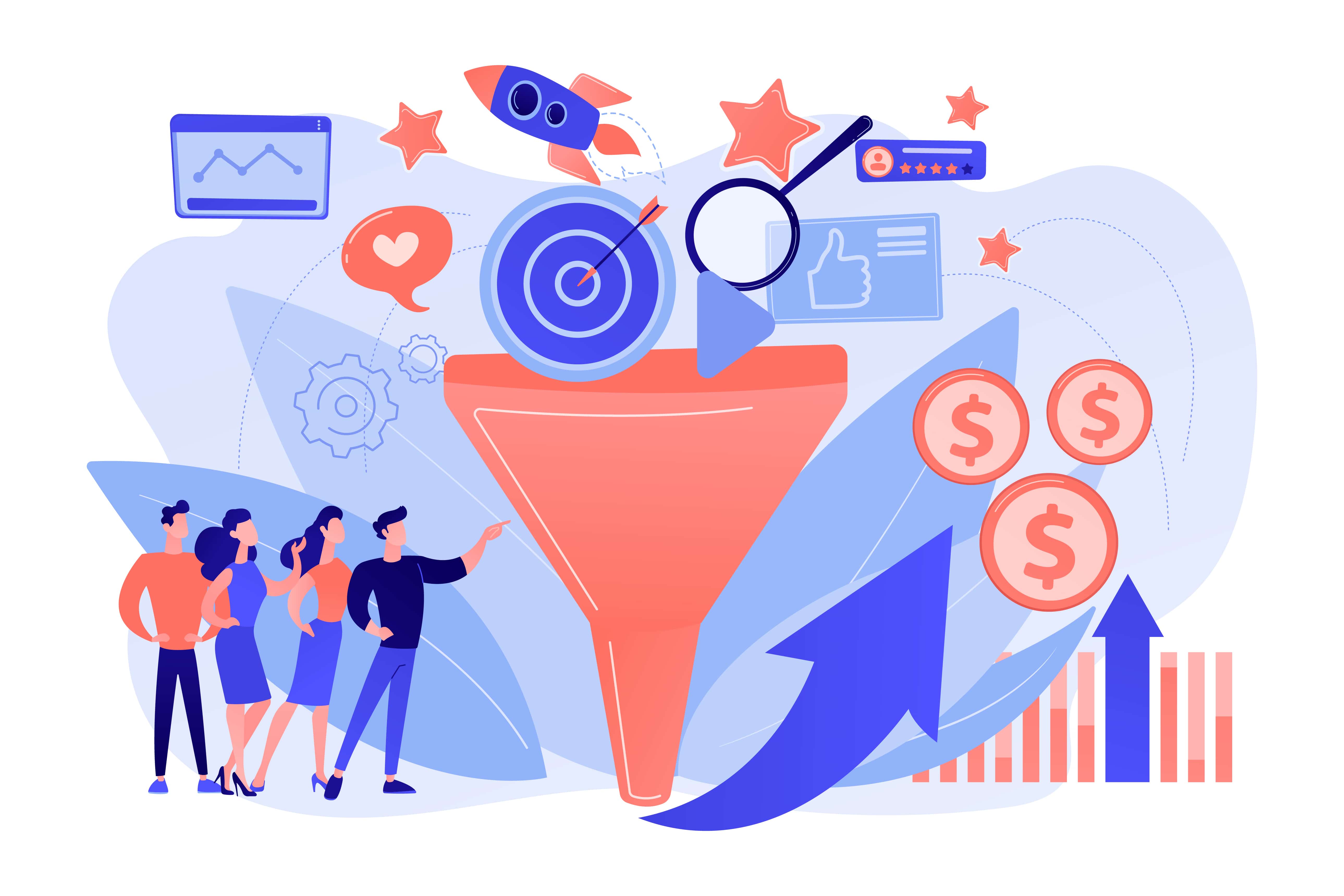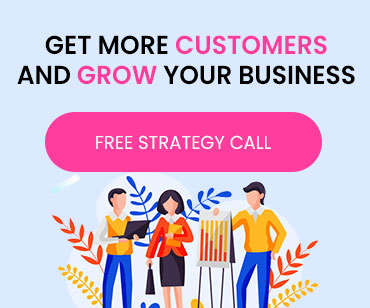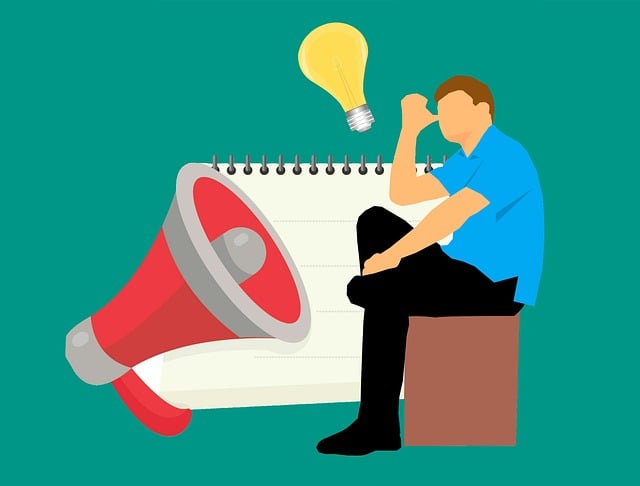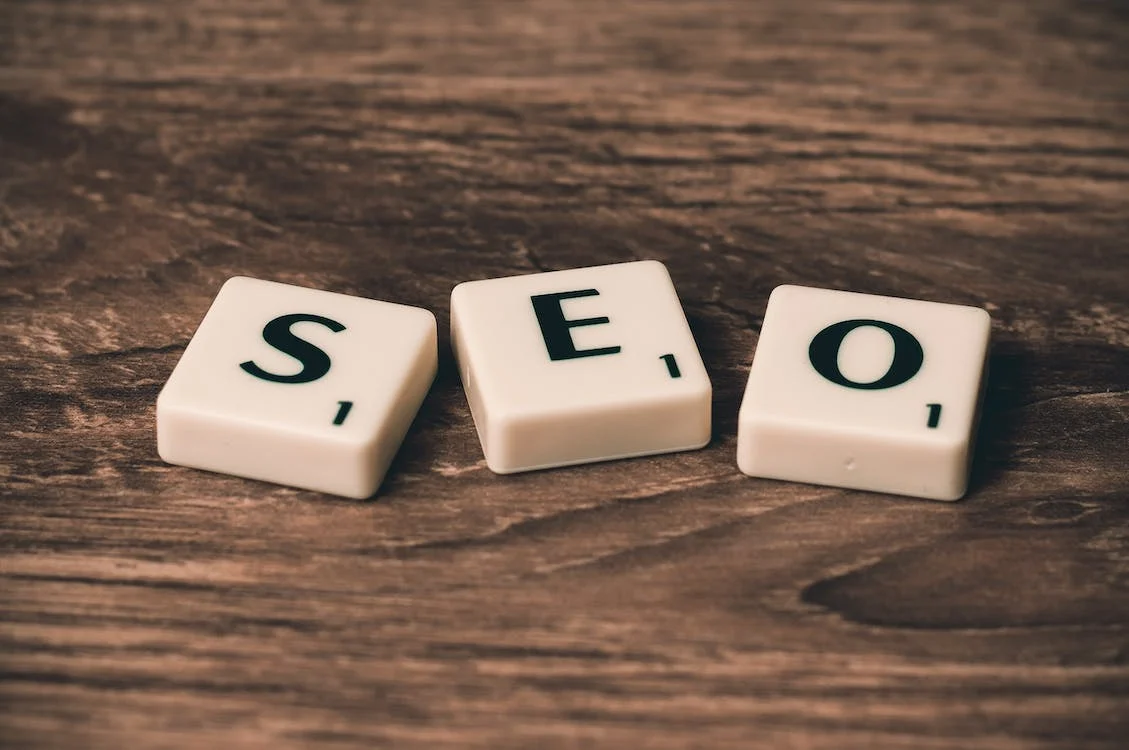In the B2B market, gated content is a popular marketing strategy for generating leads. It is not simple to decide whether to use it, though. What exactly is gated content and which content should be gated always remain frequent areas of confusion. There are also some challenging advantages and disadvantages you must consider. Well, this is what we are here for. In order to inform our readers about what gated content is, Kito Infocom decided to come up with this piece of information. In this ungated content playbook, we are going to discuss various aspects of gated content and give you advice on whether it belongs in your tactical toolbox. We suggest you gather all your attention over here, as we are now starting with it.
What do you understand by the term gated content?
Only a lead capture form allows the general public to access gated content. A website visitor will typically be required to enter their contact information and possibly respond to a few questions (such as their name, position, organization size, etc.). They will then be granted access.
This kind of content usually has a longer form and is more useful, informative, or obviously "premium." Gated content is never charged for, besides requesting contact information from the user who downloads it.
Then, marketers or the sales team may use a drip email campaign, conversion-focused content, a series of newsletters, or even a phone call to the prospect.
Ungated content is, as you might expect, publicly available and frequently appears in search engine results pages (SERPs).
Why is gated content a controversial tactic?
There is discussion about the effectiveness of gated content in the inbound marketing community, and there is a good reason for it. Since August 6, 1991, when the first website went live, the internet has democratized access to information.
Using Google to search for information has become routine. We skim the news, watch videos, and read blogs for amusement or information.
People have grown accustomed to expecting that this content will be unrestricted for the most part. As a result, both marketers and website visitors find it strange to ask your
audience to complete a form and divulge personal information in exchange for content.
What, then, is the real problem? Lead capture forms, in particular, increase friction by making it more challenging for users to access your content.
Let us examine these stages in more detail and how they apply to gated and ungated content.
- Awareness-stage Content
- People have identified a problem at this point. However, they are frequently unaware of the options that are open to them. Users look for information as a result. Even in B2B situations, their inquiries and search terms are frequently quite general.
- For example: how do I keep track of every qualified lead I have?
- If they find your website in the search results, the content they read there will probably be their first exposure to your company.
- Because of this, most marketers steer clear of gating awareness-stage content, which refers to general informational content. You have not yet earned anyone's trust.
- More importantly, very few readers of content are prepared to make any kind of commitment at this point in the customer journey.
- It is preferable to add value and encourage them to think about your solution.
- Stage-of-consideration Content
- The customer is aware of a variety of solutions at this point in the consideration process. Now that they have options, they are looking for more focused content.
- To assist them in achieving their objectives, they might be looking into webinars, manuals, white papers, or even toolkits.
- At the consideration stage, a customer might ask something like this:
- Which CRMs are ideal for small businesses run by one person?
- Webinar on CRM usage
- The client is now more concentrated on a specific need. They are therefore more likely to divulge their email address and other information to you.
- However, they will not unless they recognize the worth of the information you are providing.
- Hence, it can be concluded that, in contrast to earlier in the customer journey, gated content is more prevalent during the consideration stage.
- Conversion-stage Content
- The customer is almost prepared to make a decision or finish a transaction during the conversion stage. Your website landing pages, sales decks, product demonstrations, and other content with a product focus are relevant.
- At this point, a customer inquiry or search term might resemble this:
- Free CRM trial
- CRM product demonstration
- Some marketers use gated content for conversion stages to obtain a lead's phone number. Others just have a call to action or a contact form.
All three stages come to an end over here. Let us now move on to some examples of high-performing gated content.
High-Performing Gated Content Examples
Here are some examples of gated content that typically performs well:
- Tools or Templates
In B2B settings, professionals are constantly looking for ways to save time, cut back on menial tasks, and simplify their lives. Your audience will appreciate it if you can provide templates or tools to make their workdays easier.
We advise you to try to work on the following things.
- Templates for PowerPoint or Google Slides
- Spreadsheets for Accounting
- Workflows
- Calculators and KPI trackers
For many, revealing their personal information is a small price to pay for something that will assist them in overcoming a genuine work-life balance challenge.
- Only-to-Subscriber Emails
Email subscriptions are becoming more common (and profitable) thanks to websites like Substack and Ghost. The guiding principle is the same even though the content is not technically gated: the appeal is derived from the content's uniqueness, regularity, and value.
If you can accomplish these three goals, you might be able to attract, keep, and expand a list of newsletter subscribers.
- Reports, guides, or white papers
Reports, white papers, and guides are frequently gated. Although research is a valuable resource, you still need to argue your point. Instead of trying to sell them your solution, your audience wants information that will help and inform them.
- Live webcasts
One type of content that is frequently gated is webinars. They are alluring because they are engaging, interactive, and include a human element. Because there are fewer places, they frequently have a scarcity component as well. Many people are prepared to share their information in exchange for a seat at the table simply for these reasons.
Wrapping it all up
So with the examples of high-performing gated content examples, our blog on an essential guide to gated content finally comes to an end. We hope you have understood the concept of gated content along with its real-life examples. But if you are still not clear about it, please feel free to contact us. We at Kito Infocom can assist you with all your doubts and needs, respectively. Also, for any assistance regarding digital marketing services, you may prefer to contact Kito Infocom Pvt. Ltd. This is because we are the best digital marketing agency in Delhi. Also, we have a client base from all over the world; hence, you can also trust us with your work. Visit our services page to learn more about what we do. Contact our support team to seek assistance regarding our services. We promise to deliver results that are beyond your expectations. Contact us now!












